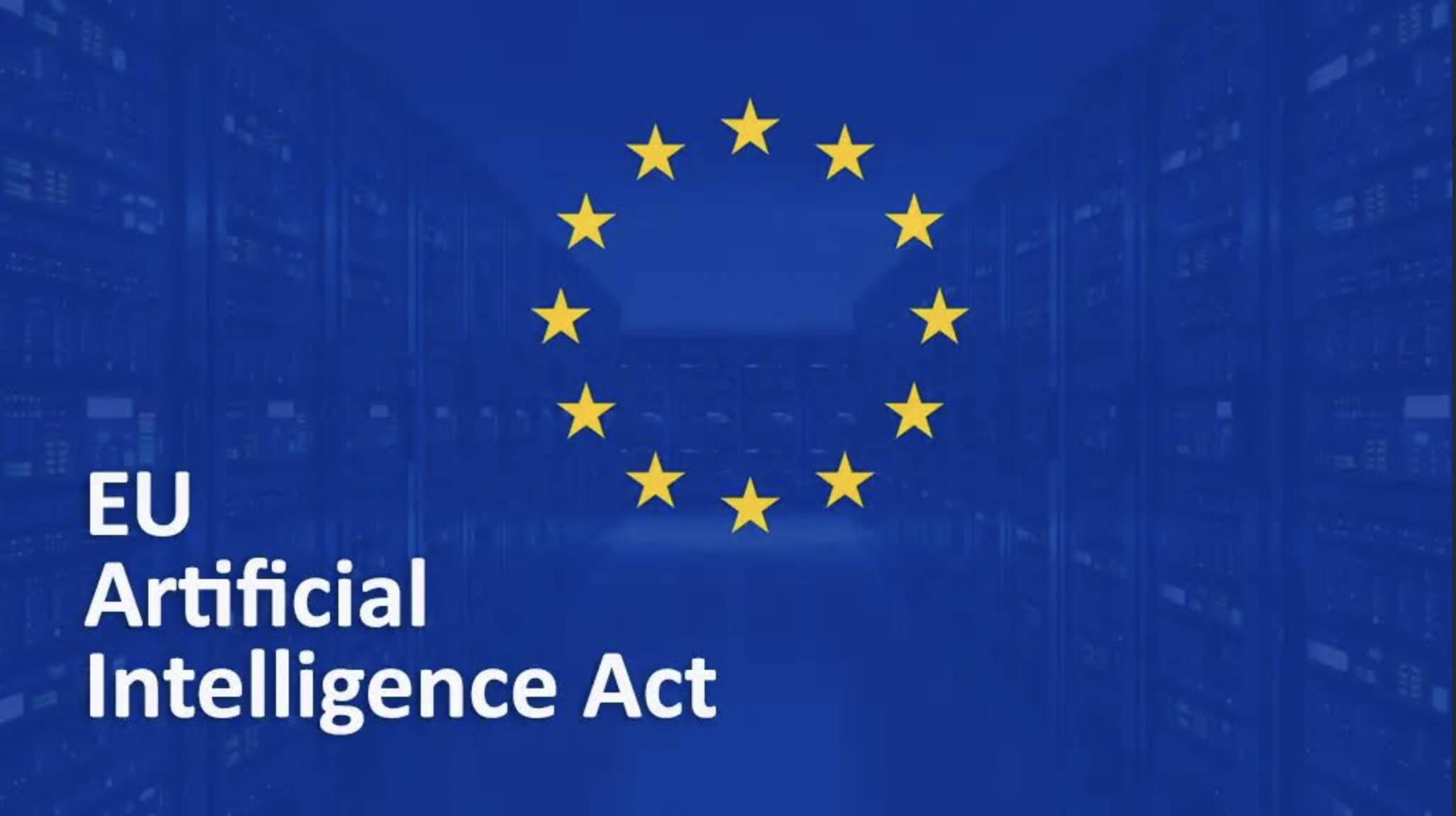
BLOG
Where Strategy, Innovation, and Equity Meet— Explore the Ideas Shaping Tomorrow’s School Leaders.
ALL THINGS AI
Who wouldn’t want a fleet of tireless agents doing all the stuff that you don’t have time for, don’t care to do, or maybe don’t even know how to do?
Or is it the start of a modern version of the Sorcerer’s Apprentice? We know how to summon the magic, but we may be about to learn a painful lesson about the difference between agents and agency.
Dan Meyer, who is something of an AI Cassandra, has consistently said that students want to learn with and from people who show those students that their thinking matters. AI cannot show a student that their thinking matters. AI can only simulate that kind of feedback.
While the White House's new AI Executive Order is making headlines, school leaders in the EU need to pay close attention to what's already in motion: the EU AI Act. Adopted in June 2024 and now entering into force, this landmark legislation formally recognizes schools as deployers of AI systems under Article 29—and that comes with real responsibility.
Have you been struggling to keep up with the constant updates, upgrades, and announcements about AI? Had you sort of checked out, because it had all become too much? There is a tsunami coming. Last week, the White House issued an Executive Order which articulates a significant federal commitment to AI literacy and education in the American K12 system.
For teachers, gen AI presents a unique opportunity to personalize learning, get efficient and automate tasks, and enhance student thinking and engagement. Over the past year and a half, MSA has fervently championed the power of AI in education.
Whether it is DeepSeek “extinguishing” facts or ChatGPT providing sycophantic replies or any LLM providing the most likely (ie, “average”) response to a query, educators must develop strong AI literacy.
“Some frequent users of AI companion apps say safety concerns are overblown. They argue the apps are an immersive upgrade to the online experimentation young people have done for decades — from fan fiction on Tumblr to anonymous encounters in AOL chatrooms.”
According to innovation diffusion theory, 16% of any population will consist of “innovators” and “early adopters,” two psychographics that leap in feet first when they have access to an innovation.
But what about resources for the other 84%? …
LEADERSHIP INSIGHTS
Some leaders impress you with their intelligence. They seem to have mastered every angle of their work.
Other leaders impress you with their emotional intelligence. They make sure people feel seen and known and cared for.
And then there is a leader like Ren Parikh, the founder of Ideal Institute of Technology (“Ideal”). He’s more like a force of nature…
My recent conversation with Adam Bryant has me thinking about leading change in schools. Three particular things stand out from that chat:
Focus on “impact” rather than “intent.” Adam pointed out that if we over-index on purpose and mission (“intent”), we may lose sight of the reason to lead: to create positive impact.
We know that teachers can expect feedback on their craft substantially less than 1% of the time. Yet to foster genuine growth and development, merely increasing touch points is necessary, but insufficient.
SCHOOL CHANGE + TRANSFORMATION
Whatever this blog post’s title summons to mind for you, it is probably not the fashion show that I recently experienced at Pillar High School (NJ), a Middle States accredited school. But this fashion show reminded me of what the best schools do.
As a professional peer reviewer, you will see the entire system of a school in just three days. That is because Middle States standards and indicators map to every aspect of school operations—from daily classroom practices to long-term planning to foundational documents.
At Middle States, we worried that attitudes of compliance or credentialism would result in schools “integrating” AI into what they are already doing.
That’s why RAIL is not just an accreditation-style endorsement, but also an implementation framework. It relies on the wisdom of Stewart Brand’s “pace layering” model, which reflects how complex, adaptive systems change (or resist change) over time…
At Seton Hall Preparatory School in West Orange, N.J., school leaders are working to address student mental health and using data to measure the impact of their programs.
ACCREDITATION STORIES
Middle States helped VHS become an accredited Learning Service Provider (LSP). LSPs represent a growing number of non-traditional educational organizations committed to quality, innovation, and continuous improvement. The VHS journey offers valuable takeaways for schools navigating partnerships and program expansion:
As a professional peer reviewer, you will see the entire system of a school in just three days. That is because Middle States standards and indicators map to every aspect of school operations—from daily classroom practices to long-term planning to foundational documents.
No other form of professional learning can enable you—in 3 short days!—to “see the system” of a school, and certainly not while embedding you in real time. It’s like high intensity cross-training. You may come to the team with experience in teaching and learning, but you’ll also learn about governance, finance, facilities, and other foundational elements of running a school. I wish I had participated on more visiting teams before I had become a Head of School the first time—nothing would have been better preparation.
TEACHER GROWTH + DEVELOPMENT
If you’re a classroom teacher, you might not look forward to professional development days– and I can’t blame you. But I can try to convince you that PD can be more than just a necessary fact of life—it can be powerful, effective, and good for you and your students.
What makes for a great learning experience? It’s actually simple: When learners apply the knowledge they’ve gained to real-world situations that genuinely matter to them.
That is why teachers should have the opportunity to participate in project-based professional development.
Reading detailed feedback is rewarding, but things get more interesting when we debrief peer visits. Having read all 24 pieces of feedback, the visited teacher leads the debrief, rather than being put under the microscope by their visitors. This allows them to ask clarifying and probing questions aligned with their growth priorities. We visitors act as teammates, helping the visited teacher to level up.
To be clear, shifting from a zero-sum to a positive-sum model of school won’t be easy. As one of my former colleagues likes to say, “Teachers cannot create an experience for students that those teachers themselves have not had.” So if we want to initiate a shift in our schools from a zero-sum to a positive-sum worldview, we should begin by inviting teachers into new professional learning and growth experiences.






















This is precisely the moment that school leaders need to lean on what Michael Horn calls “tools of cooperation” in From Reopen to Reinvent. It’s not enough to have a powerful vision. It’s not enough even to know how you can get to that vision. As Horn says—and as I can confirm from experience earned the hard way—“Once a school leader has clarity around what they want to change, they still need to convince other individuals who will play a role in the change.”